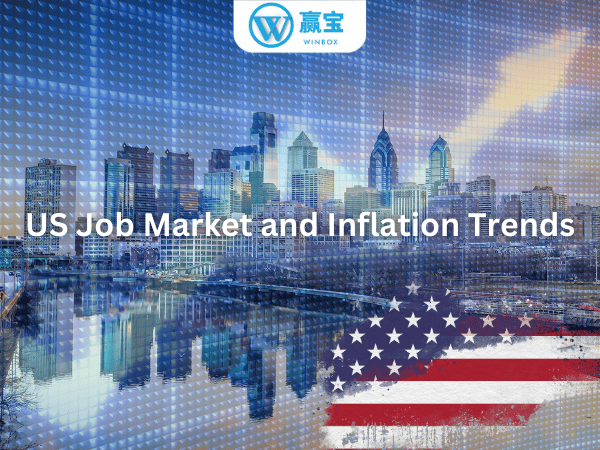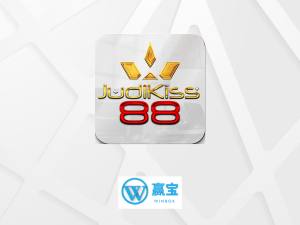
With the release of the U.S. Q3 GDP report, Personal Consumption Expenditures (PCE) inflation data, and October’s employment figures, investors are closely monitoring signals regarding the country’s economic outlook. These indicators provide insight into the resilience of the job market and consumer spending amid ongoing inflationary pressures, allowing policymakers and investors to gauge whether further tightening or easing of monetary policies is on the horizon. As the Federal Reserve evaluates these metrics to inform future interest rate decisions, the broader economy’s stability remains under the spotlight.
Strong Q3 GDP Growth Surprises Analysts
The Q3 GDP report recently showed robust economic growth, outpacing many analysts’ expectations. The U.S. economy expanded at a significant annualized rate, driven by increased consumer spending and resilience in service sectors like healthcare and leisure. This growth demonstrates that, despite high inflation and borrowing costs, Americans continued spending, contributing to economic momentum. However, there is growing concern that such strong growth could pressure the Federal Reserve to maintain or even raise interest rates to counterbalance demand and keep inflation in check.
For investors, the key takeaway from the GDP report is the possibility of prolonged rate hikes. A strong GDP often suggests that the Fed may aim to cool the economy, potentially leading to fewer investments in sectors sensitive to interest rates, such as real estate and technology. Nevertheless, sustained economic growth may support equity markets, as consumers and businesses show resilience against inflation and tighter financial conditions.
PCE Inflation Data: Core Inflation Moderates, But Concerns Persist
The PCE, the Fed’s preferred inflation gauge, revealed mixed results, with core inflation showing signs of moderation but remaining above the central bank’s 2% target. The PCE index is closely watched as it accounts for a wide range of consumer goods and services and typically provides a comprehensive picture of inflation pressures.
For consumers, cooling core inflation could mean less pressure on purchasing power, although the rising costs of essential goods like housing and food continue to affect household budgets. From an investment standpoint, PCE data suggests that inflation may be gradually slowing, giving some relief to long-term bond yields and potentially signaling future interest rate stabilization. However, persistent inflation risks might keep the Fed cautious, impacting sectors that typically react to monetary policy shifts, including the stock and housing markets.
October Employment Data: Job Market Resilience Supports Growth
October’s employment report illustrated ongoing strength in the job market, with steady job creation across sectors and a low unemployment rate. Employment gains in healthcare, hospitality, and professional services point to a stable demand for labor. However, wage growth data indicates potential pressures on employers, as wages have risen, contributing to inflationary trends.
For investors, the continued strength in the job market underscores consumer spending power, suggesting that the economy can withstand higher interest rates. Still, if wage inflation remains high, the Fed might view this as justification to maintain tight monetary policies, which could have mixed implications for corporate profits and, consequently, stock prices.
Implications for the U.S. Economic Outlook
The combination of Q3 GDP growth, PCE inflation data, and employment figures places the U.S. economy at a crucial juncture. Sustained economic growth alongside moderating inflation points to a resilient economy, yet persistent price pressures could force the Fed to keep rates high for an extended period. This economic environment may favor sectors that are less interest rate-sensitive, such as healthcare and consumer staples, while industries reliant on lower borrowing costs may face headwinds.
As investors parse through these data points, their focus will likely remain on how the Federal Reserve interprets these indicators and its impact on interest rate policies. For consumers, the data suggests a potential easing of inflationary pressures over time, although essential costs may remain elevated. Overall, these insights into the U.S. economy offer a mixed but hopeful outlook, balancing growth with inflation control amid global economic uncertainties.
Check out Winbox Download for a Smooth Winbox Login Experience
To get started with Winbox, the process is simple and streamlined for new users. First, head to the official site to register on Winbox, ensuring you provide accurate details for smooth setup and future access. Once registered, download the Winbox APK to your Android or iOS device, depending on compatibility. The APK file allows easy access to Winbox’s extensive range of games and features. After installation, launch the app and complete the Winbox login using your registered username and password. This setup not only gives you direct access to Winbox’s offerings, from slots to live casino games, but also allows for a secure, personalized experience.


























































